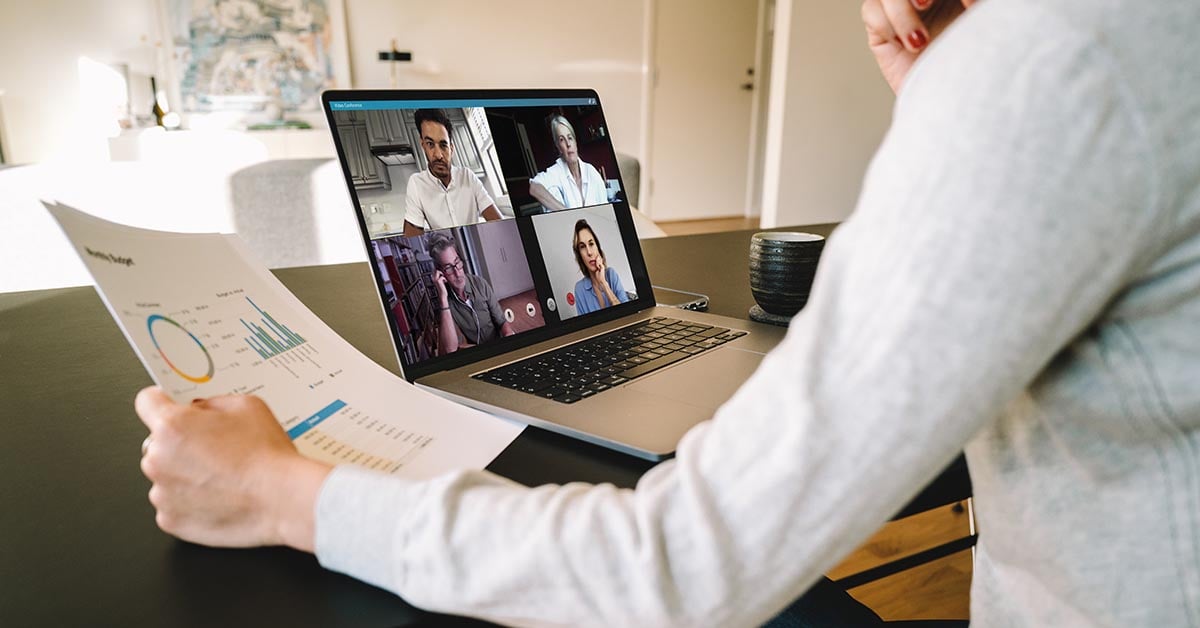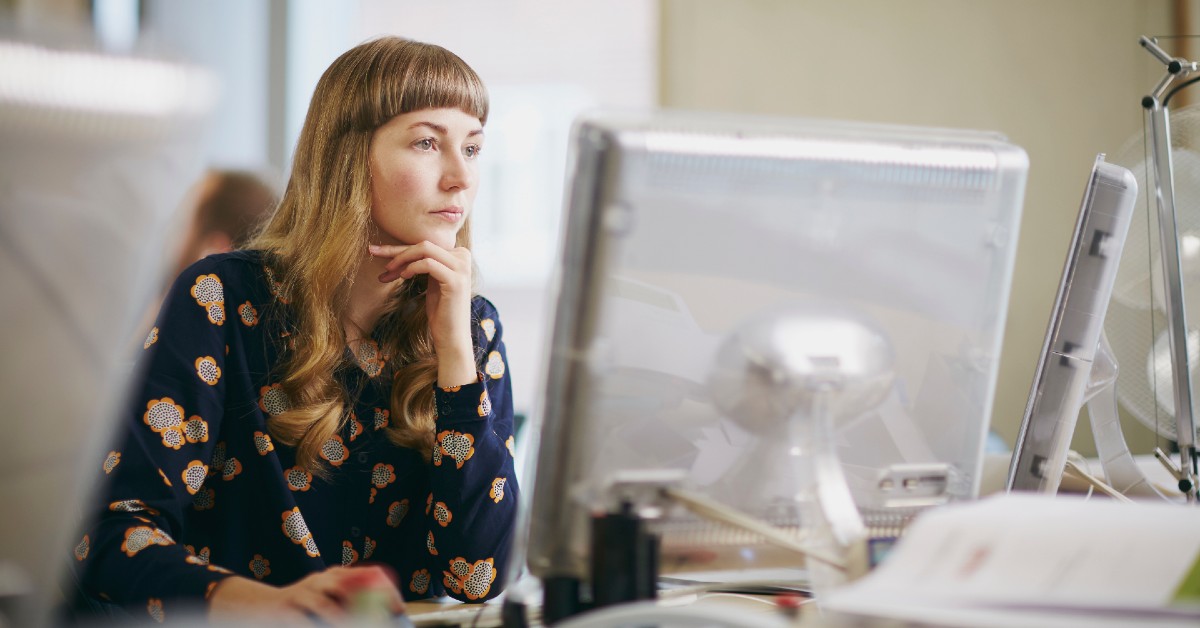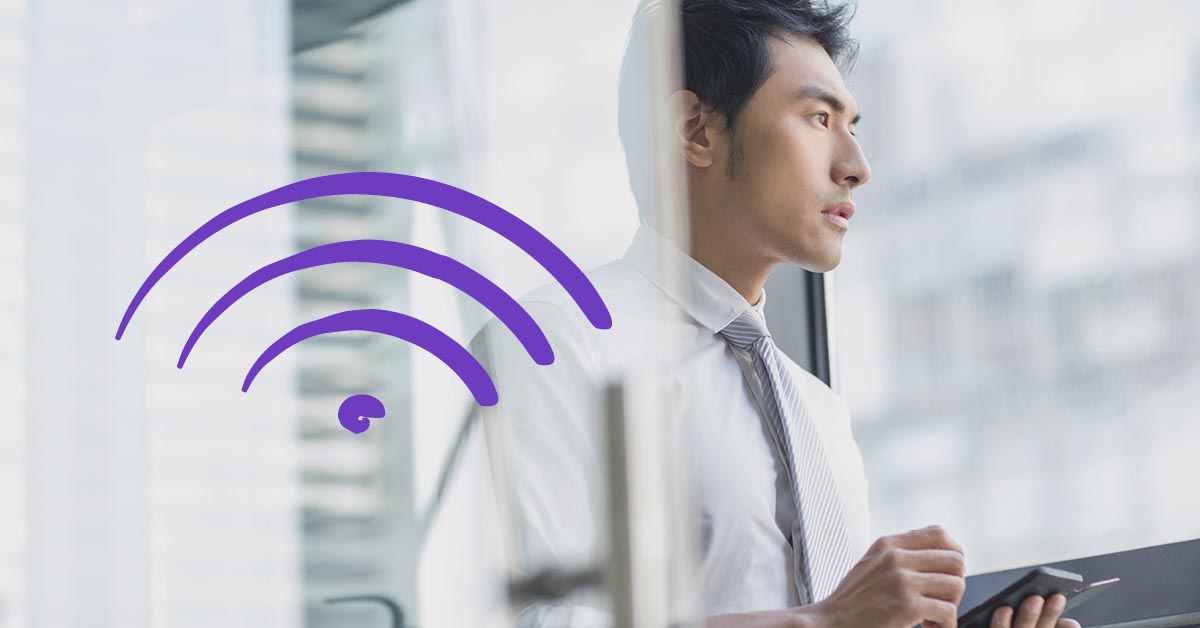2 min read
How hybrid workplaces drive resilience and continuity in the workplace
In March 2020, Gartner found that only 12 percent of companies were highly prepared for the pandemic, while more than half considered themselves to...
Benefit from smart ideas, lower costs, greater productivity. Choose from award-winning printers, software solutions and consumables
Personalised technology solutions to help your organisation gain a competitive advantage
Discover howWe combine professional expertise with a human kind of partnership
Get the right help and advice, register a product and see why our commitment to you matters.
Discover our brand, our global activities and commitments
3 min read
Belinda Iemma 08/09/2020 1:45:00 PM

Once a visionary concept, rather than a practical approach, the hybrid workplace has become the 'now' of work within just a few short months - and started generating a new wave of 'future of work' trends as a result.
Confronted with a worldwide pandemic, millions of businesses across the globe had to shift the way they work drastically and suddenly. While some found it an easy transition to remote work, with flexibility and technology already built into the company culture, for others, the task was far more challenging.
Organisations around the world continue to struggle with the implications of COVID-19 in the workplace, reactively solving challenges as they appear. However, now is the time to consider the trends that will determine what's next.
A new normal is emerging; the way we work has been forever changed. Businesses must now consider how the shift to remote working will continue to evolve the workplace.
With 74 percent of companies planning to permanently shift to more remote work post-COVID-19, we will see businesses experimenting with new ways of operating that combine the benefits of co-located collaboration and innovation with the flexibility and productivity of remote work.
This involves cultivating an innovative hybrid working model that will empower employees to move seamlessly between co-located and remote work. It will also change the requirements of the actual physical space of the office, with the hybrid office serving as a 'hub' rather than simply a place to do work.
Pre-COVID-19, activity-based working offered a way for employees and employers to improve efficiency and productivity in the workplace. The nature of the ABW work style, where employees choose from a variety of settings according to the nature of what they are doing, raised concern in light of pandemic hygiene. An ABW office could still offer protection with a strict cleaning schedule regime.
With remote working the new normal, there are also organisations that are encouraging employees back to the office. Organisations will need to ensure the health and safety of their employees, increasing the cleaning frequency of highly used common touch-points, like door handles, lift buttons and stair railings. Office spaces may start to include things like hygiene stations with hand sanitiser, wayfinding and signage to indicate safe routes around the office, increased automation in the form of sensor lighting and doors, and touch-free devices, such as mobile-friendly printers.
Remote working and ABW are built around the tenets of flexibility and trust, allowing employees to choose when, where and how they work, as long as the work gets done. This represents a larger cultural shift that challenges the traditional way of thinking about work. In our new normal, work is becoming much more a thing you do rather than a place you go. As business leaders shift their focus to outcome over input, this will enable increased flexibility for employees to decide the when, where and how of their work.
Aside from boosting productivity, better work-life balance and a slew of other benefits, increased flexibility in the workplace also means the ability to reduce physical contact during the pandemic, including:
The way we work has changed, so the office design needs to adapt. As remote working increases, central workspaces need to be inclusive of all employees, regardless of location, if effective collaboration and communication between co-located and remote staff is to be achieved. Organisations need to consider how to effectively store and manage digital files as well as optimise physical spaces for virtual connections using tools such as video screens, appropriate acoustics and meeting room layouts.
Rapid changes in the workplace and acceleration in the adoption of digital technologies has fast-tracked the future of work. It's time to act now and prepare your business for the future. Download our Workplaces of the Future ebook to learn more.
Kyocera Document Solutions provides innovative products, software and ICT services for hybrid work environments, enabling businesses to implement smart workplace solutions that drive business transformation and resilience.

2 min read
In March 2020, Gartner found that only 12 percent of companies were highly prepared for the pandemic, while more than half considered themselves to...

2 min read
Digital transformation began long before 2020, but due to the coronavirus pandemic, the rapid adoption of remote working practices accelerated this...

3 min read
The COVID-19 pandemic has changed the workspace forever. There won't be a return to 'normal'; rather, the office is evolving to the 'next normal'....